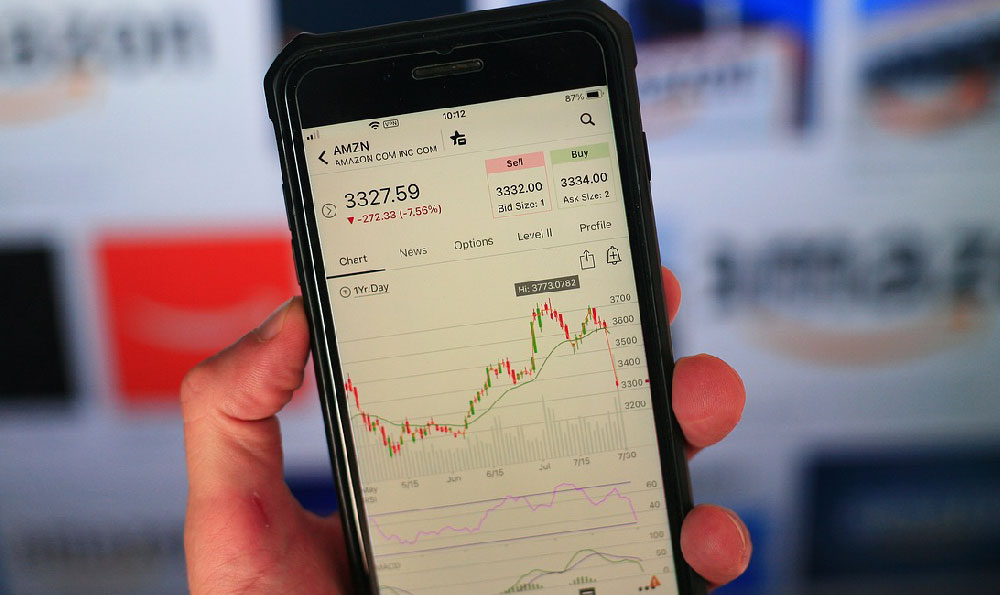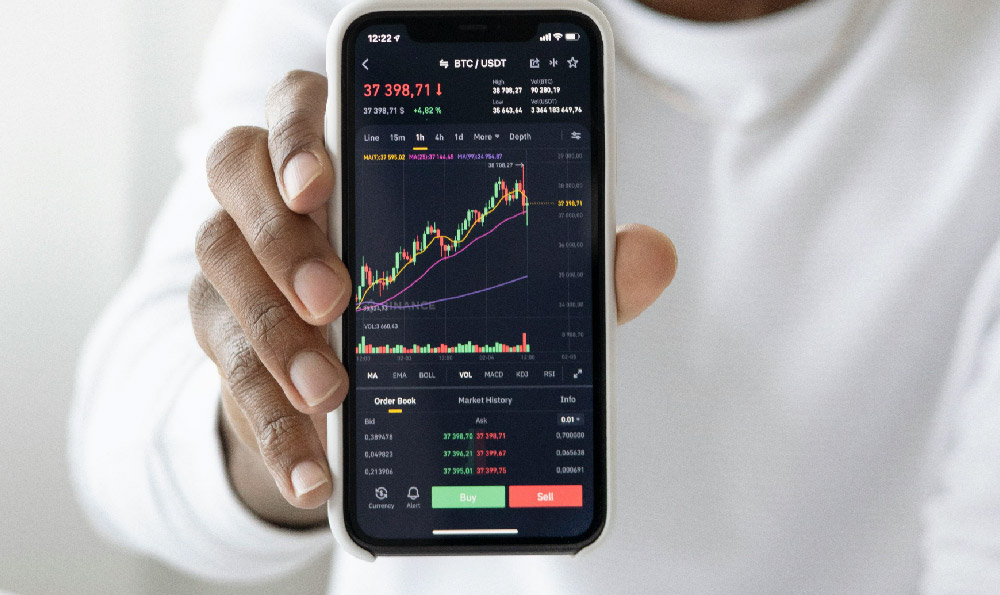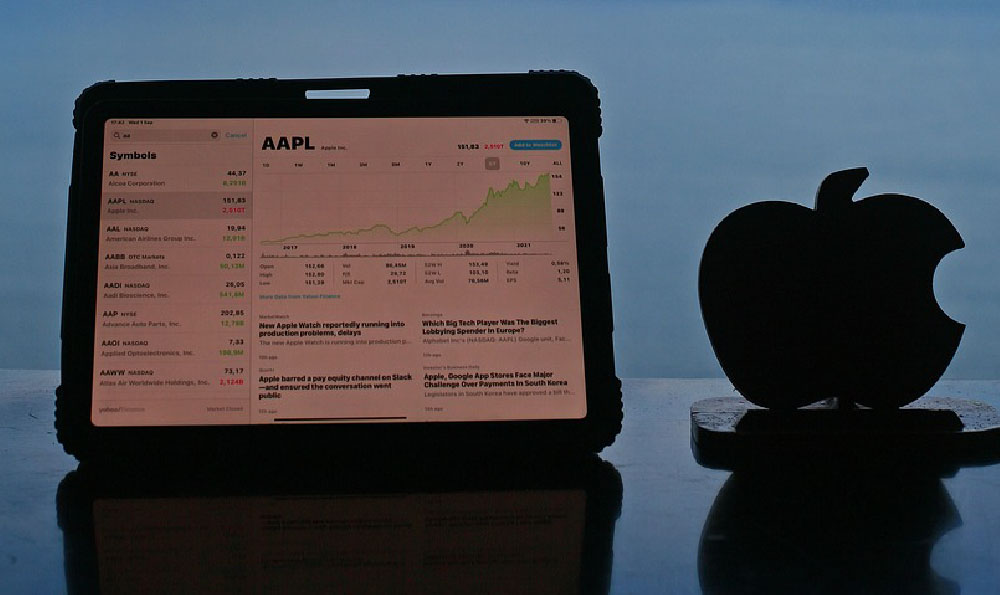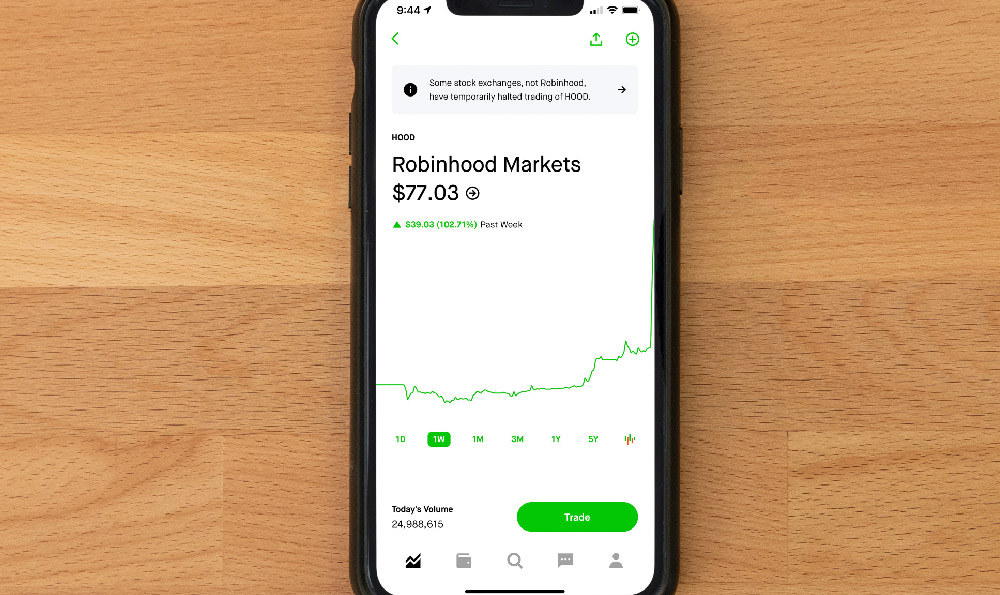The allure of YouTube success is undeniable. The platform promises not only fame but also financial independence, drawing millions into the world of content creation. A burning question for aspiring YouTubers and curious onlookers alike is: how much do YouTubers really earn, and is that earning primarily based on their subscriber count? The simple answer is no, subscriber count is not the primary determinant of a YouTuber's income, but the reality is far more nuanced and multifaceted.
While a large subscriber base certainly contributes to a channel's overall influence and potential earning power, it’s not a direct correlation to dollars in the bank. Think of subscribers as the potential audience reach. A high subscriber count suggests a wider pool of viewers who might watch videos, but it doesn’t guarantee engagement or monetization. Engagement, on the other hand, is king. YouTube prioritizes channels with high watch time, strong audience retention, and frequent interaction (likes, comments, shares). These metrics signal to the algorithm that the content is valuable and engaging, leading to increased visibility and, consequently, more advertising revenue. A YouTuber with 100,000 highly engaged subscribers might earn significantly more than a YouTuber with a million passive subscribers.
The primary revenue stream for most YouTubers comes from advertising revenue, primarily through Google AdSense. YouTube partners can monetize their videos by allowing advertisements to play before, during, or after their content. The amount earned per advertisement view is known as the Cost Per Mille (CPM) or Cost Per Thousand Impressions. This is where things get complicated. CPM rates fluctuate wildly depending on a number of factors. The advertiser plays a significant role. Advertisers targeting specific demographics or niches with high purchasing power (e.g., luxury goods, financial services) are willing to pay more for ad placement. Therefore, a channel focused on personal finance is likely to attract higher CPMs than a channel featuring gaming walkthroughs, assuming comparable viewer demographics.

Geography is another key determinant of CPM. Advertisements shown in countries with strong economies and high advertising rates, like the United States, Canada, and Western European nations, generate significantly more revenue per view than advertisements shown in countries with lower advertising rates. The content itself matters, too. Videos about controversial or sensitive topics may be demonetized, meaning no ads will be displayed, effectively cutting off that revenue stream. YouTube has strict guidelines regarding content suitability for advertising, and creators must adhere to these rules to remain eligible for monetization.
Beyond AdSense, successful YouTubers often diversify their income streams through various other avenues. Sponsorships and brand deals are a major source of revenue for many creators. Companies pay YouTubers to promote their products or services within their videos. The value of a sponsorship deal depends on the YouTuber's audience size, engagement rate, niche, and the perceived alignment of the brand with the YouTuber's audience. A beauty influencer with a dedicated following interested in skincare might command a substantial fee for promoting a new line of beauty products. Similarly, a tech reviewer with a reputation for honest and unbiased opinions can charge a premium for reviewing a new smartphone.
Affiliate marketing is another popular monetization strategy. YouTubers promote products or services and include affiliate links in their video descriptions. When viewers click on these links and make a purchase, the YouTuber earns a commission. This method is particularly effective for product reviews, tutorials, and recommendation videos. The commission rates vary depending on the affiliate program and the product being promoted.
Merchandise sales represent a significant income opportunity for YouTubers who have cultivated a strong brand and loyal following. Selling branded merchandise, such as clothing, accessories, or custom products, allows YouTubers to monetize their personal brand and connect with their audience on a deeper level. The success of merchandise sales hinges on the desirability of the products, the strength of the YouTuber's brand, and the effectiveness of their marketing efforts.
Crowdfunding platforms like Patreon offer another way for YouTubers to generate revenue. These platforms allow fans to support their favorite creators through recurring subscriptions or one-time donations. In return, patrons often receive exclusive content, early access to videos, or other perks. Crowdfunding is particularly effective for YouTubers who create niche content or have a highly dedicated fan base.
Finally, YouTubers can leverage their platform and audience to drive traffic to other ventures, such as online courses, workshops, or consulting services. This is particularly common for YouTubers who create educational content or have expertise in a specific field. By offering valuable resources and services to their audience, they can monetize their knowledge and build a sustainable business.
In conclusion, while a high subscriber count can be a valuable asset, it is not the sole determinant of a YouTuber's income. Engagement, CPM rates, diversification of income streams, and a strong personal brand all play crucial roles in determining a YouTuber's financial success. The most successful YouTubers are those who consistently create engaging content, build a loyal community, and actively explore diverse monetization strategies. The path to YouTube success is paved with hard work, dedication, and a keen understanding of the platform's intricacies. It requires far more than just accumulating subscribers; it demands building a sustainable business.












